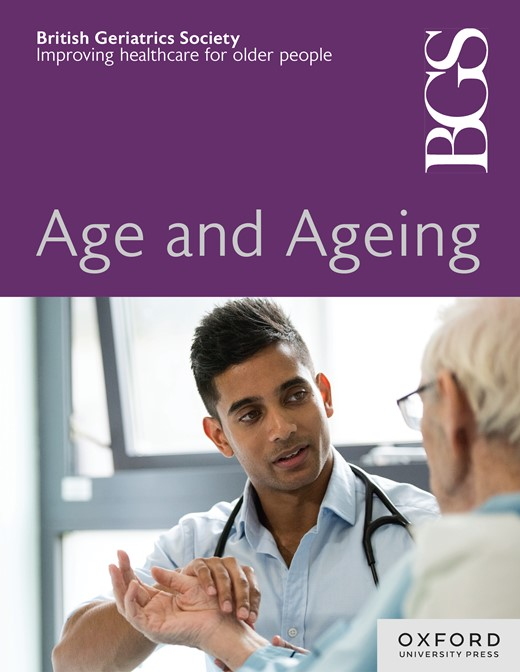Developing an integrated care conceptual framework for older adults with multimorbidity within china’s integrated delivery system
IF 6
2区 医学
Q1 GERIATRICS & GERONTOLOGY
引用次数: 0
Abstract
Background The definition of China’s integrated delivery system remains abstract since it was proposed in 2021, lacking detailed clarification on essential concepts such as specific contents and main providers of services for older adults with multimorbidity. Aim To develop an integrated care conceptual framework for older adults with multimorbidity within China’s integrated delivery system. Methods A scoping review, semi-structured interviews and a modified e-Delphi study were used to explore specific contents of integrated care for older adults with multimorbidity. A social network analysis was conducted to identify healthcare providers with the greatest potential to play a central role in the integrated care for older adults with multimorbidity. Finally, an integrated care conceptual framework was established based on specific contents and main providers. Results The center of the framework represents the people-centered and need-oriented connotation of China’s integrated delivery system. The first circle reflects three significant characteristics of the integrated delivery system, namely care comprehensiveness, care coordination, and care continuity. The second circle includes main providers of integrated care, which are expected to play a central role in professional collaboration and information diffusion. The outermost circle consists of specific contents of integrated care, including clinical practice, human workforce, organisational collaboration, information technology, regulations and policies. Conclusion The framework derived from this study is expected to promote the understanding and implementation of integrated care for older adults with multimorbidity within the Chinese context. The service content of integrated care related to clinical practice also offers valuable references for other countries.在中国综合服务体系中为多病老年人制定综合护理概念框架
背景中国综合服务体系的定义自2021年提出以来一直是抽象的,缺乏对老年人多病综合服务的具体内容、主要服务对象等基本概念的详细明确。目的在中国综合服务体系中为多病老年人建立综合护理概念框架。方法采用范围回顾法、半结构化访谈法和改进的e-德尔菲法探讨老年人多病综合护理的具体内容。进行社会网络分析,以确定在综合护理中发挥核心作用的最大潜力的医疗保健提供者,为患有多种疾病的老年人。最后,建立了基于具体内容和主要提供者的综合护理概念框架。结果框架的中心代表了中国综合交付体系以人为本、以需求为导向的内涵。第一个圆圈反映了综合提供系统的三个重要特征,即护理的全面性、护理的协调性和护理的连续性。第二个圈子包括综合护理的主要提供者,他们有望在专业协作和信息传播中发挥核心作用。最外面的圈子包括综合护理的具体内容,包括临床实践、人力资源、组织协作、信息技术、法规和政策。结论本研究得出的框架有望促进对中国多病老年人综合护理的理解和实施。与临床实践相关的综合护理服务内容也为其他国家提供了有价值的参考。
本文章由计算机程序翻译,如有差异,请以英文原文为准。
求助全文
约1分钟内获得全文
求助全文
来源期刊

Age and ageing
医学-老年医学
CiteScore
9.20
自引率
6.00%
发文量
796
审稿时长
4-8 weeks
期刊介绍:
Age and Ageing is an international journal publishing refereed original articles and commissioned reviews on geriatric medicine and gerontology. Its range includes research on ageing and clinical, epidemiological, and psychological aspects of later life.
 求助内容:
求助内容: 应助结果提醒方式:
应助结果提醒方式:


